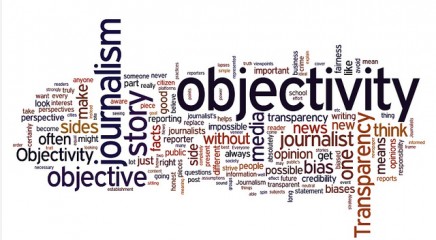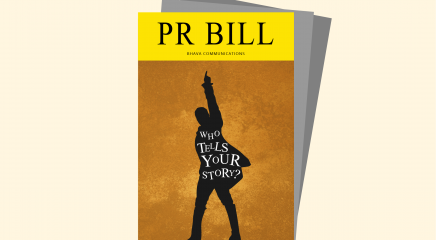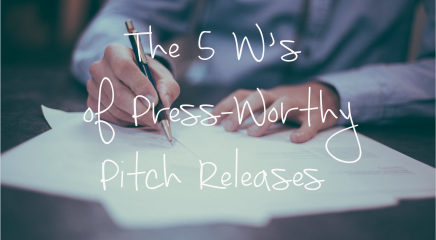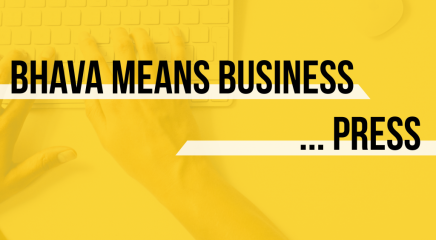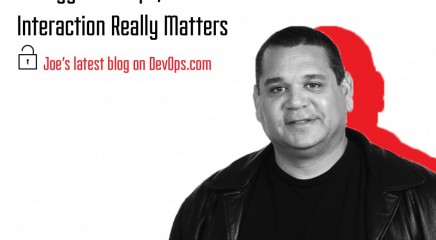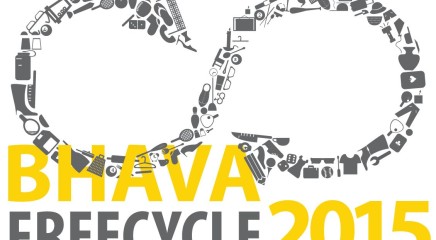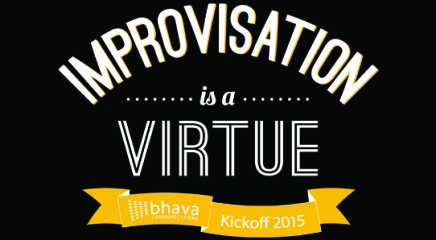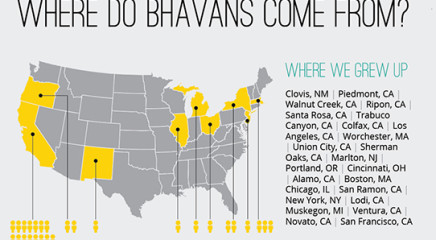Four PR Tips for Gaining Mindshare in Artificial Intelligence

If you’re a tech public relations professional, there’s no way you got through 2017 without noticing the untold number of AI (artificial intelligence) headlines and stories. We saw seemingly countless companies duke it out for mindshare in the mainstream business and technology media. And it looks like 2018 won’t be all that different as AI continues to capture the interest of reporters and their readers.
The numbers bear this out, too. According to a survey by Narrative Science and the National Business Research Institute, AI adoption grew over 60 percent in the last year. In 2016, 38 percent of respondents said they had implemented AI within their businesses—and by the end of 2017, that number had skyrocketed to 61 percent.
For PR professionals, this widespread adoption rate of AI is a fresh opportunity to help clients stand out. With every explosive technology trend like AI, cloud, IoT and cryptocurrency, we need to double down on effective media relations to help our clients become the signal and not the noise.
Here are four proven public relations tactics that work as well with AI as they do with any other technology at the peak of its hype lifecycle:
Get specific about the what, where and why of your client’s AI.
We all saw how AI dominated the technology conversation last year and witnessed many companies trying to put stakes in the ground with new product and partnership announcements touting their “AI and machine learning capabilities.” But this year companies will need to get more specific about the AI they promise to deliver. What kind of AI is it? How does it work? What major business problems and worldwide challenges is it solving? How will it affect the workforce? What is the societal impact?
Understand your target publication and, more importantly, the reporter.
As PR professionals, we like to broaden our media outreach to secure as much quality coverage for our clients as possible. But this doesn’t mean we should add every single technology reporter or AI reporter to a given press list. What we should do to expand our media relationships to the benefit of a client is be selective with our media targets and confident that we have the right angle and resources to create a compelling narrative tailored for each publication. While a standalone AI product announcement might be a good fit for a publication such as eWEEK or VentureBeat, an outlet like MIT Technology Review or WIRED will likely not cover it without a clear customer use case and/or customer spokesperson.
It’s also important to research the reporters you are going to pitch to understand the angles from which they cover AI. Is it from a developer perspective? A societal perspective? Are they using a use-case-only approach or do they like to get into the nitty gritty details of a product? These are the kinds of questions you should ask when building a press list for your best chance at sparking media interest.
Identify the most credible spokesperson.
What kind of story are you trying to tell? This is the first question you should ask yourself when choosing a spokesperson for a media opportunity, a press release, blog post, or speaking opportunity. For example, you may want to raise the executive visibility of your CEO, but when it comes to choosing your spokesperson for AI, a CEO with primarily a non-technical business background may not be the most credible source for a technical publication like The New Stack. At the same time, this same CEO may well be great on Bloomberg West. With so much hype around AI, media are looking for spokespeople to serve as differentiators for their stories. For stories and conversations around technical innovation and real-world applications, don’t hesitate to tap the leaders in your company who come from technical backgrounds or academia such as CTOs, engineers and data scientists.
Provide a use case whenever possible.
For any new technology to become noticed and considered for purchase by a customer, there’s a lot of education and proof required in the early stages of the technology’s market lifecycle. It’s no different with AI and placing your AI client in the media. With so many companies claiming to be AI companies, the true AI providers can rise above the noise by sharing legitimate customer stories that show meaningful ROI—whether that’s diagnosing brain cancer or ensuring compliance in highly regulated industries.
For our clients at Bhava, we thoroughly research what reporters and publications are currently covering so we can identify which assets we need to gain their interest. In AI, it’s becoming all about the customer. Unless you are an established giant such as Google, IBM, Microsoft or Salesforce, you’ll need to enhance your AI news with customer stories, research initiatives, third-party validation in the form of analyst quotes and supporting data to gain traction.
The AI boom is here to stay.
In 2018, we will see the democratization of AI as well as a more vertical approach that will touch organizations across all industries and the government sector. According to Chirag Dekate, research director at Gartner, by 2020, 85 percent of CIOs will be running trials of AI programs through a combination of buy, build and outsourcing efforts.
As adoption soars and AI proves itself through verified and credible use cases, AI will remain in the media spotlight in 2018 and beyond due to its potential to take our world and flip it upside down in both amazing and dangerous ways. Using the four tips outlined above, PR professionals can tell better, more targeted and compelling stories and help shape this blooming and uncharted age of AI.
